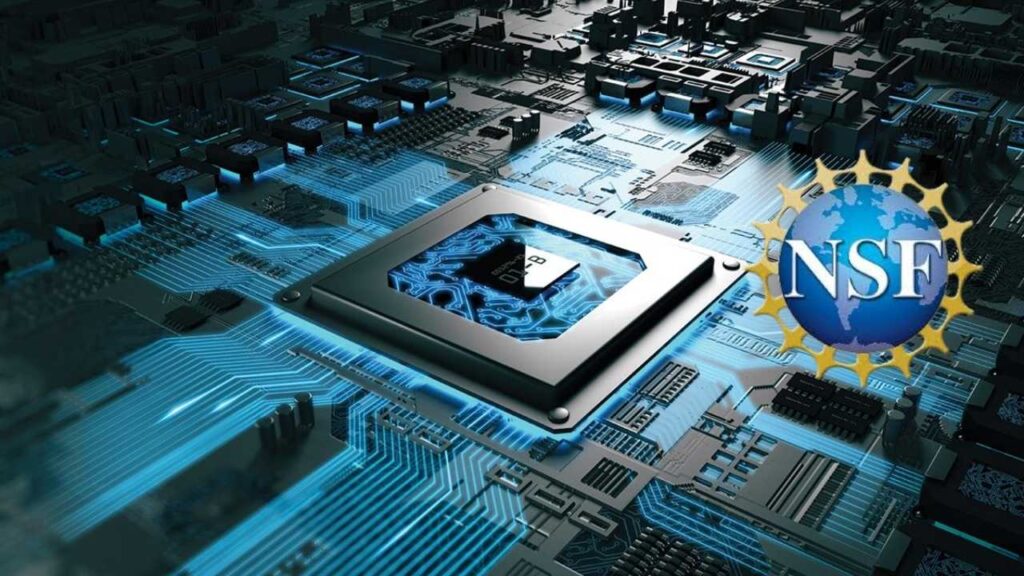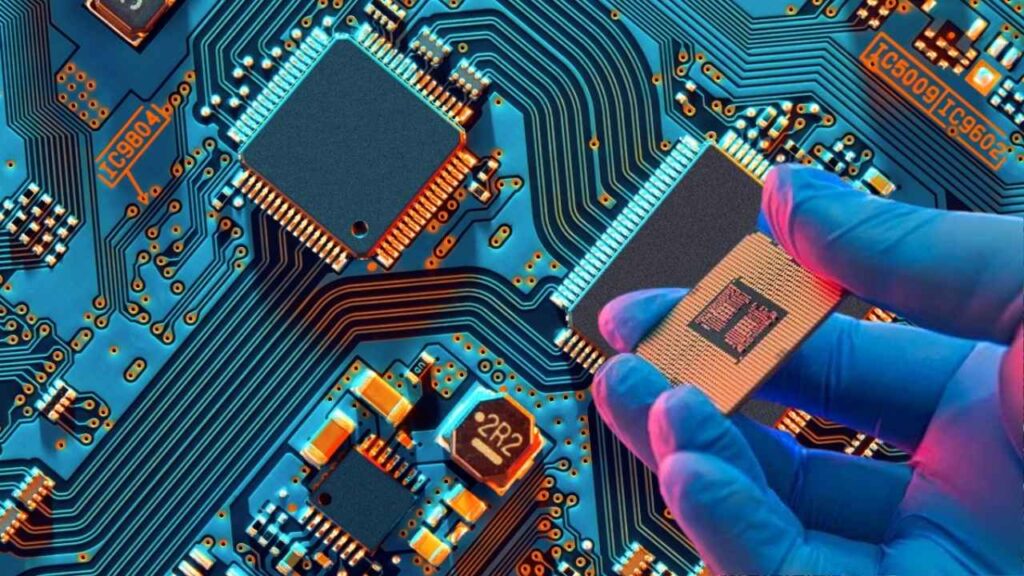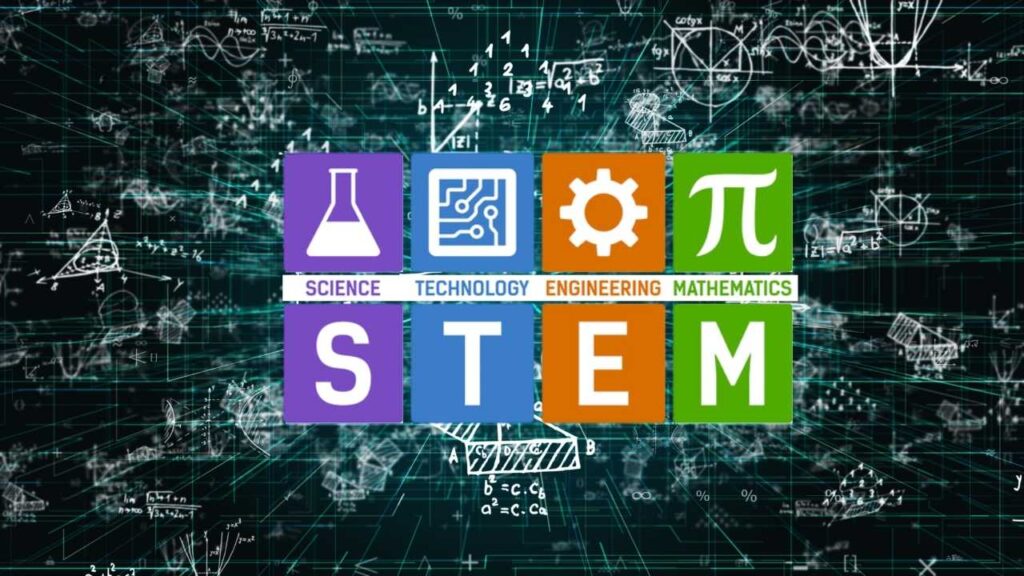NSF Awards $25M to New Center for Sustainable Microelectronics: The NSF awards $25M to a new center for sustainable microelectronics, and this bold move could shape the future of America’s technological leadership. With the global chip shortage and increasing pressure to build eco-friendly technologies, the U.S. National Science Foundation (NSF) is stepping in to accelerate innovation where it matters most—microelectronics that are both cutting-edge and sustainable.

In this article, we’ll explore what this investment means, why it matters, and how it could affect industries, jobs, research, and even your everyday gadgets. Whether you’re a curious student, a policymaker, or a semiconductor industry professional, there’s something in here for you.
Table of Contents
NSF Awards $25M to New Center for Sustainable Microelectronics
| Feature | Description |
|---|---|
| Funding Awarded | $25 million by the U.S. National Science Foundation (NSF) |
| Purpose | Establishment of a new Center for Sustainable Microelectronics |
| Main Goals | R&D in eco-friendly chips, workforce training, academic-industry collaboration |
| Connection to Policy | Aligned with the CHIPS and Science Act |
| Benefits for U.S. | Strengthens domestic tech, reduces foreign dependence, supports green innovation |
| Professional Impact | Job creation, new research funding, career development in STEM |
| Official Source | NSF.gov |
The NSF’s $25M investment in the new Center for Sustainable Microelectronics is more than a funding announcement—it’s a milestone in reclaiming U.S. leadership in the global tech race. With a strong focus on green innovation, education, and cross-sector collaboration, this initiative could shape the next generation of electronics.
From eco-friendly smartphones to breakthroughs in AI and defense, sustainable microelectronics are the quiet revolution happening beneath our fingertips.
Why Sustainable Microelectronics Matter
Let’s start with a simple truth: everything from your phone to satellites depends on microelectronics. These are the tiny chips and circuits inside electronics that power everything from apps to artificial intelligence. But producing them consumes massive amounts of energy, water, and raw materials.

In fact, one semiconductor fab (fabrication plant) can use up to 10 million gallons of water per day—enough to supply a small town. Add to that the carbon emissions and e-waste, and it’s clear that we need cleaner, more efficient ways to make chips.
That’s where sustainable microelectronics come in. They aim to:
- Reduce environmental impact
- Improve energy efficiency
- Extend device lifespans
- Utilize greener materials
This new center funded by NSF is being positioned as a solution hub to lead that effort.
The Role of the NSF and the CHIPS Act
The U.S. National Science Foundation (NSF) is one of the government’s most important engines for scientific progress. This $25 million award is part of a broader national strategy under the CHIPS and Science Act of 2022.
The CHIPS Act allocated $280 billion to boost domestic semiconductor R&D and manufacturing. Of that, $52.7 billion was specifically designated for American chip production and workforce training.
This newly announced Center for Sustainable Microelectronics aligns with this strategy by addressing three major challenges:
- Supply chain vulnerability — especially reliance on Asia for chip manufacturing.
- Environmental sustainability — reducing the carbon footprint of the industry.
- Workforce gaps — training a new generation of engineers and researchers.
What the Center Will Actually Do
So, what exactly will this new center focus on? Here’s a breakdown:
1. Research & Innovation

The center will fund basic and applied research in microelectronics that uses less power, lasts longer, and is easier to recycle. This includes:
- Low-power semiconductors for wearables and mobile tech.
- Biodegradable components to reduce e-waste.
- New materials like gallium nitride and graphene.
2. Workforce Development
A significant portion of the $25M will be used for training programs, internships, and university partnerships. Expect:
- STEM-focused curriculums at partner universities.

- Fellowships and scholarships for underrepresented groups.
- Industry-sponsored labs and co-op programs.
3. Public-Private Collaboration
The center will partner with:
- Leading U.S. universities
- National laboratories
- Tech companies (think Intel, IBM, Texas Instruments)
These collaborations will create an innovation ecosystem where research can quickly transition into real-world applications.
Why This Matters for U.S. Tech Leadership
The semiconductor industry is the backbone of the digital economy. From AI to 5G to quantum computing, it all depends on chips. The problem? The U.S. currently manufactures only about 12% of the world’s semiconductors, down from 37% in the 1990s.
By building a domestic center focused on sustainability, the U.S. is:
- Reasserting control over its tech future
- Competing with China, Taiwan, and South Korea
- Creating high-paying jobs across research, engineering, and advanced manufacturing
Real-World Example
Imagine a future iPhone that uses 50% less power, is made with eco-friendly chips, and is easier to recycle. That’s the kind of tech this center aims to make possible—not just in labs, but on store shelves.
Practical Advice for Students, Job Seekers, and Professionals
For Students
If you’re in middle school or high school, get involved in STEM early. Look into programs like:
- NSF REU Programs
- Robotics competitions
- Microelectronics summer camps
For College Students & Researchers
Apply for internships or fellowships through the new center or partner universities. Focus your coursework on:
- Electrical engineering
- Materials science
- Green technologies
For Industry Professionals
Stay ahead by investing in:
- Sustainable R&D practices
- Advanced packaging techniques
- Life-cycle assessments (LCA) for your products
And keep an eye on public-private funding opportunities. Many will emerge from NSF-backed initiatives.
The Rise of Wearable Technology: Materials That Make Smart Clothing Possible
Advancements in 3D Printing: How New Materials Are Expanding Possibilities
LED Innovations: The Bright Future of Energy-Efficient Lighting
FAQs About NSF Awards $25M to New Center for Sustainable Microelectronics
What is sustainable microelectronics?
Sustainable microelectronics refers to designing and manufacturing electronic chips that minimize environmental impact by using less energy, fewer toxic materials, and longer-lasting components.
Why did NSF award $25 million to this center?
To support research and workforce development in microelectronics that align with sustainability and national security goals under the CHIPS and Science Act.
Who can benefit from this funding?
Students, researchers, universities, tech companies, and manufacturers can all benefit through job creation, funding opportunities, and access to cutting-edge research.



















